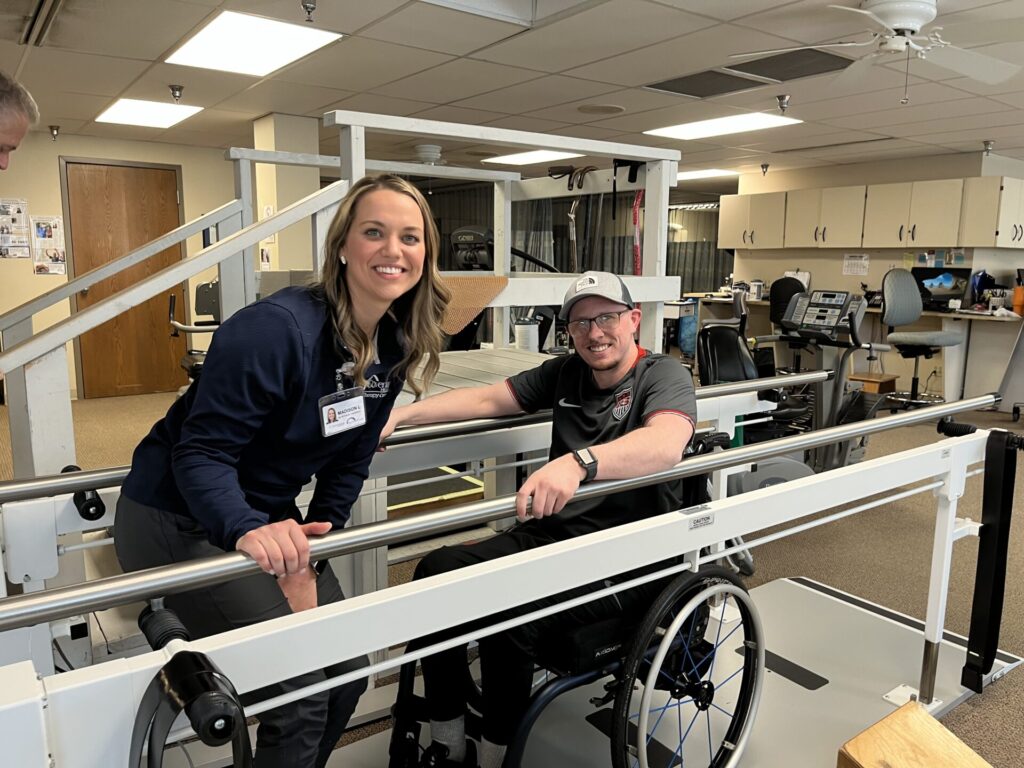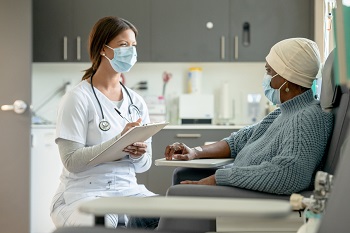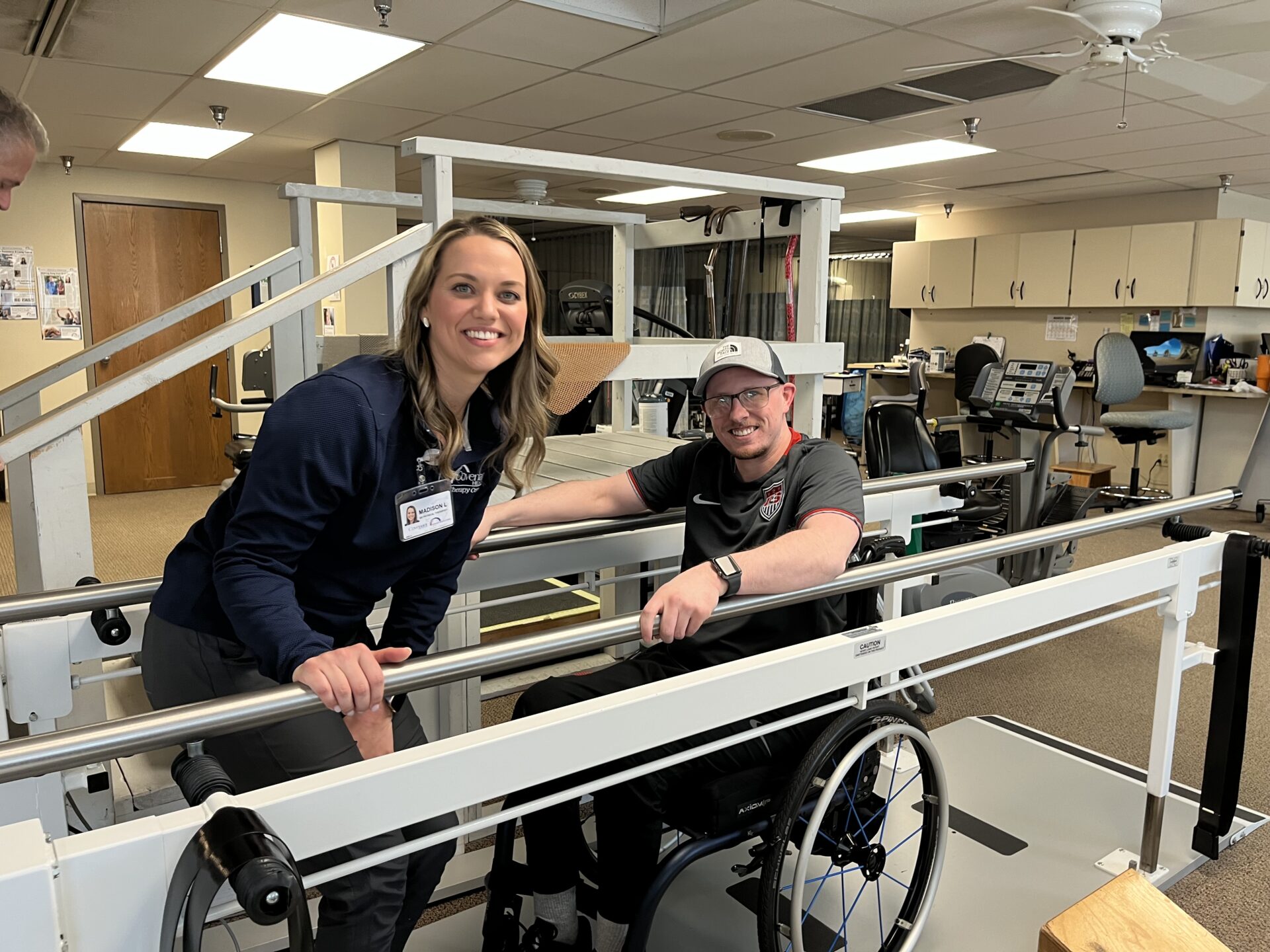- Find a DoctorDoctors by Specialty
- Cardiac Electrophysiology
- Cardiology
- Colon & Rectal Surgery
- Family Medicine
- Gastroenterology
- General & Vascular Surgery
- Gynecological Oncology
- Gynecology
- Infectious Disease
- Internal Medicine
- Interventional Cardiology
- Interventional Radiology
- Nephrology
- Neurology
- Neurosurgery
- Obstetrics & Gynecology
- Oncology
- Oncology & Hematology
- Orthopedic Surgery
- Otolaryngology
- Perinatology
- Psychiatry
- Pulmonary Medicine
- Radiation Oncology
- Rheumatology
- Sleep Medicine
- Thoracic Surgery
- Urology
- View All Doctors
- Our ServicesMedical Services
- Bariatric Services
- Behavioral & Mental Health
- Breast Care
- Cancer Care
- Critical Care
- Ear, Nose, & Throat
- Emergency Services
- Gastroenterology
- Glossary
- Heart Care
- Home Care
- Hospice & Palliative Care
- Imaging & Diagnostics
- Long-Term Care
- Nephrology
- Orthopedics
- Primary Care
- Rehabilitation Therapies
- Robotic-Assisted Surgery
- Sleep Services
- Spine Care
- Stroke Care
- Surgery Services
- Telehealth Services
- Urology
- Urgent Care
- Virtual Urgent Care
- Women’s Services
- Wound Care
- Our Locations
- Patients & Visitors
- About Us
Recovering from Your Surgical Procedure
Laparascopic, arthroscopic and other minimally invasive procedures have made many surgeries easier and recovery periods faster and more comfortable. Your provider will give you information about what to expect after your procedure and during recovery. You will be scheduled for a post-op visit and in addition, a nurse will call you a day or so after your procedure to see how you are doing and to answer any questions you may have.
What are some common post-op discomforts?
The amount of discomfort you have after surgery depends on many things, including the type of surgery. Typical discomforts may include:
- Nausea and vomiting from general anesthesia
- Sore throat caused by the tube placed in the windpipe for breathing during surgery
- Soreness, pain, and swelling around the incision site or minor pain around IV sites
- Restlessness and sleeplessness
- Thirst
- Constipation and gas
Let your provider know if you are experiencing any of these discomforts. There may be relief steps that you can take, or follow-up medications that may be helpful.
What complications may occur after surgery?
Complications can sometimes occur after surgery. The most common complications include:
Shock
Shock is a severe drop in blood pressure that causes a dangerous slowing of blood flow throughout the body. Shock may be caused by blood loss, infection, spine injury, or metabolic problems. Treatment may include any or all of the following:
- Stopping any blood loss
- Helping with breathing. This might be accomplished with a breathing machine.
- Reducing heat loss
- Giving IV fluids or blood
- Giving extra oxygen
- Prescribing medicines to help raise blood pressure.
Bleeding
You should let your provider know immediately if bleeding occurs more rapidly or heavily than is expected after your surgery. Treatment of rapid blood loss may include:
- IV fluids
- Blood transfusion of red cells or other blood products, such as plasma
- More surgery or other procedures to control the bleeding
Wound infection
When bacteria enter the site of surgery, an infection can happen. Infections can delay healing. Wound infections can spread to nearby organs or tissue, or to distant areas through the bloodstream. Treatment of wound infections may include:
- Antibiotics
- An additional procedure to clean or drain the infected area
Deep vein thrombosis
A deep vein thrombosis is a blood clot in a large vein deep inside a leg, arm, or other part of the body. Symptoms are pain, swelling, tenderness, and skin redness in a leg, arm, or other area. If you have these symptoms, call your healthcare provider right away. In some cases, the clot can break off and travel to the lungs or brain. This can cause a pulmonary embolism or a stroke. Compression stockings are often used to prevent DVTs. Treatment once the clot has happened usually involves blood thinners.
Pulmonary embolism
The clot can break away from the vein and travel to the lungs. This clot is called a pulmonary embolism. In the lungs, the clot can cut off the flow of blood. This is a medical emergency and may cause death. If you have the following symptoms, call 911 or get emergency help right away: chest pain, trouble breathing, coughing (may cough up blood), sweating, very low blood pressure, fast heartbeat, light-headedness, and fainting. Treatment depends on the location and size of the blood clot. It may include:
- Blood-thinner medicines (anticoagulants) to prevent more clots
- Thrombolytic medicines to dissolve clots
- Surgery or other procedures to remove the clot
Lung problems
Sometimes lung problems happen because you don’t do deep breathing and coughing exercises after your surgery. They may also happen from pneumonia or from inhaling food, water, or blood into the airways. Symptoms may include wheezing, chest pain, shortness of breath, fever, and cough. Getting up and walking around, deep breathing, and coughing often can help reduce the chances for these problems. Treatment depends on the lung problem and the cause.
Urinary retention
This means you aren’t able to empty your bladder. This may be caused by the anesthesia or certain surgeries. It’s often treated by using a thin tube (catheter) to drain the bladder. This may be kept in place until you have regained bladder control. Sometimes medicines to stimulate the bladder may be given.
Reaction to anesthesia
This is rare, but it does happen. Symptoms can range from mild to severe. Tell your healthcare team about any allergies you have before the surgery to reduce this risk. If an allergic reaction does occur, ask your provider what kind of anesthesia medication caused the allergy so you can avoid it for any future surgery.
Refer to the information provided to you by your care team. Call your doctor’s office with any questions or to find out what symptoms you can expect after your surgery.
























